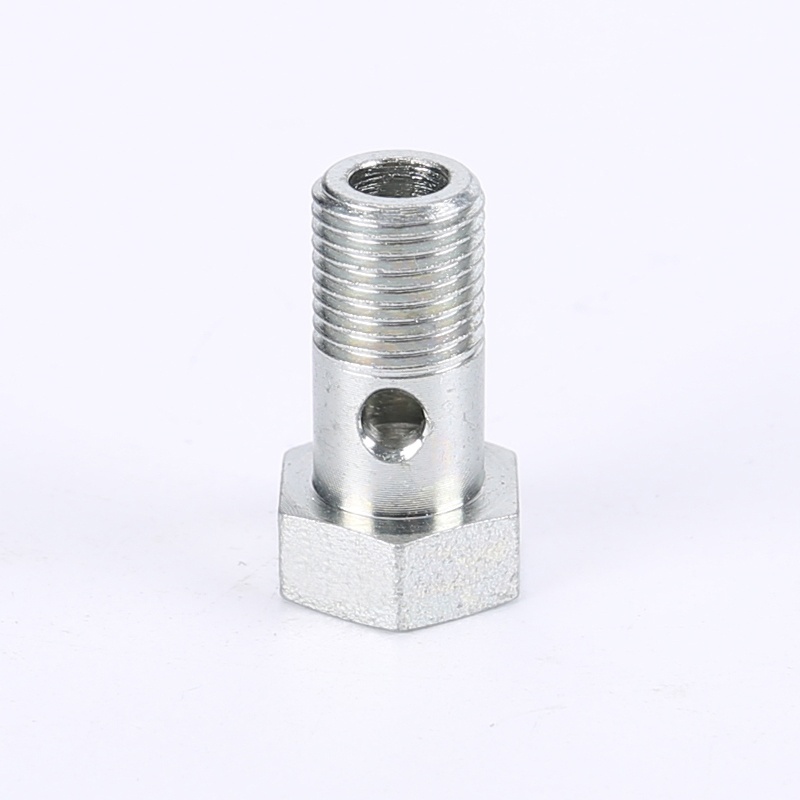Features of Hydraulic Bolt
2024-07-18
A hydraulic bolt typically refers to a specialized bolt used in hydraulic systems or applications where controlled tensioning or tightening is required. Here’s an overview of its features, applications, and considerations:
Features of Hydraulic Bolt:
1. Design:
- Integrated Hydraulic System: Includes a built-in hydraulic mechanism or port that allows for controlled application of hydraulic pressure to tension or tighten the bolt.
- Hydraulic Cylinder: Some designs incorporate a small hydraulic cylinder directly into the bolt body, enabling precise tensioning.
2. Functionality:
- Tensioning Capability: Allows for precise application of tensile force using hydraulic pressure, ensuring accurate and uniform tightening of bolts.
- Load Monitoring: Some hydraulic bolts may feature load monitoring capabilities to measure and control the applied force during tensioning.
3. Materials:
- High-Strength Alloys: Made from high-strength materials such as alloy steels or stainless steels to withstand high tensile forces and environmental conditions.
- Corrosion Resistance: Often coated or treated to enhance corrosion resistance, ensuring longevity and reliability in various environments.
4. Applications:
- Critical Bolting Applications: Used in industries such as construction, manufacturing, power generation, and aerospace for critical bolting applications where precise tension control is essential.
- Heavy Equipment: Applied in the assembly and maintenance of heavy machinery, turbines, reactors, and structural components requiring high torque and tension accuracy.
- Oil and Gas: Utilized in pipelines, offshore platforms, and refinery equipment where secure and leak-free connections are critical.
Considerations:
- Specialized Equipment: Requires specialized hydraulic tools or equipment for tensioning and tightening operations.
- Skill and Training: Proper training and expertise are necessary for the correct use of hydraulic bolts to ensure safety and effective application.
- Maintenance: Regular inspection and maintenance of hydraulic components to prevent leaks, ensure proper functioning, and extend service life.
Usage Tips:
- Calibration: Follow manufacturer guidelines for hydraulic pressure settings and calibration to achieve desired bolt tension.
- Safety: Adhere to safety protocols and procedures when working with hydraulic equipment to prevent injury and equipment damage.
- Environment: Consider environmental conditions and compatibility of materials to ensure optimal performance and longevity of hydraulic bolts.
Hydraulic bolts provide a reliable solution for applications requiring precise and controlled bolt tensioning, offering benefits such as uniform tightening, reduced downtime, and enhanced reliability in critical bolting scenarios. Their specialized design and capabilities make them essential components in industries where secure and accurate bolted connections are paramount.



